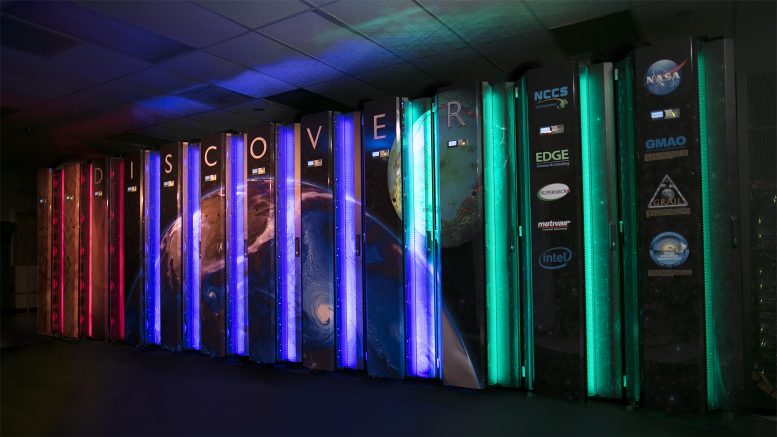
The centerpiece of the NASA Center for Climate Simulation (NCCS) is the over 127,232-core “Discover” supercomputing cluster, an assembly of multiple Linux scalable units built upon commodity components capable of nearly 8.1 petaflops, or 8,100 trillion floating-point operations per second. Credit: NASA’s Goddard Space Flight Center Conceptual Image Lab
Whether developing new technologies for landing on other planets, improving air travel here at home, or more realistically simulating global weather and climate, supercomputing is key to the success of NASA missions. Here are 5 recent ways NASA is innovating with the help of powerful supercomputers.
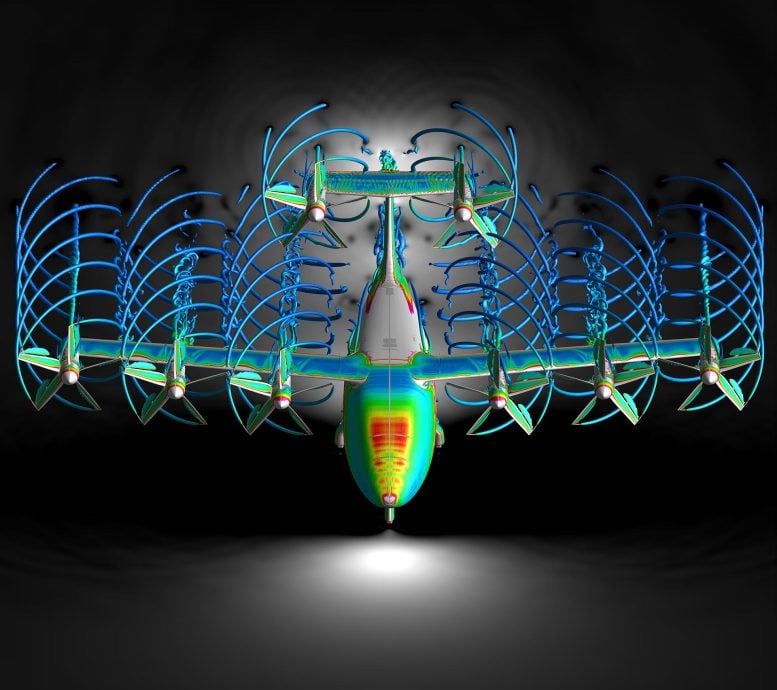
This air flow visualization shows the vortex wake for NASA’s six-passenger tiltwing concept Advanced Air Mobility vehicle in cruise or “airplane-mode.” This image reveals the complexity of the flow for a tiltwing multi-rotor configuration, where many rotors interact with each other, the wing, and the fuselage. Credit: NASA/Patricia Ventura Diazfesta
1. Designing safe, efficient air taxis.
Using NASA’s powerful supercomputers, researchers are simulating the aerodynamic performance of several promising air taxi vehicle configurations that will someday carry passengers and cargo in urban and suburban areas. The highly complex simulations will be used to help design and develop these future air taxis—also called Advanced Air Mobility (AAM) vehicles—that will be safe, quiet, and efficient.
NASA plays an important role in the development of AAM by identifying key research areas and conceptualizing the design of AAM vehicles. Recent simulations focus on the performance of tiltwing and quiet single-main rotor AAM concept vehicles. Simulations were carried out on the supercomputers, such as Aitken, at the NASA Advanced Supercomputing (NAS) facility at the agency’s Ames Research Center in California’s Silicon Valley, which allowed such complex simulations to be solved in just a few days. Understanding the complex flow structures in these rotary-wing aircraft is key to reaching AAM performance and noise-level goals.
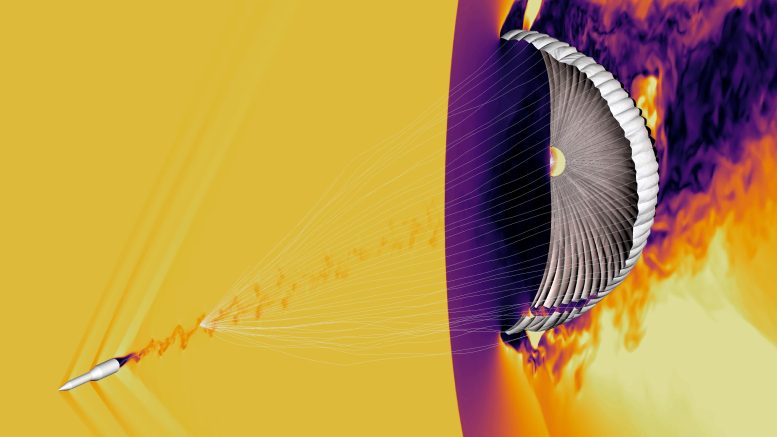
Image of an Advanced Supersonic Parachute Inflation Research Experiments (ASPIRE) simulation showing fluid-structural interaction dynamics and relative flow speed (Mach number, where yellow is high, black is low). This simulation aims to match the peak inflation forces that will occur during ASPIRE’s first flight test. Credit: NASA/Michael Barad and Jonathan Boustani
2. Keeping planetary rovers safe during risky landings.
The entry, descent, and landing (EDL) sequence for NASA’s Mars landers has infamously been called the “seven minutes of terror,” because hundreds of critical events need to happen successfully—without intervention from Earth, due to the signal lag between the two planets. Roughly four minutes into descent, the spacecraft deploys a parachute that must inflate as evenly as possible, despite a wake of turbulent air, and without any rips or tears to the tightly woven fabric. This is one of the riskiest aspects of EDL and is notoriously challenging to predict.
Using the agency’s Aitken supercomputer, engineers at Ames are developing the capability to reduce risk and cost by simulating and analyzing many scenarios of supersonic parachute inflation, which would be too costly to study using flight tests. Another advantage to simulations is that fine-scale details can be extracted —that information can help engineers develop next-generation EDL systems able to handle the heavier payloads of future robotic Mars missions, like Mars Sample Return.
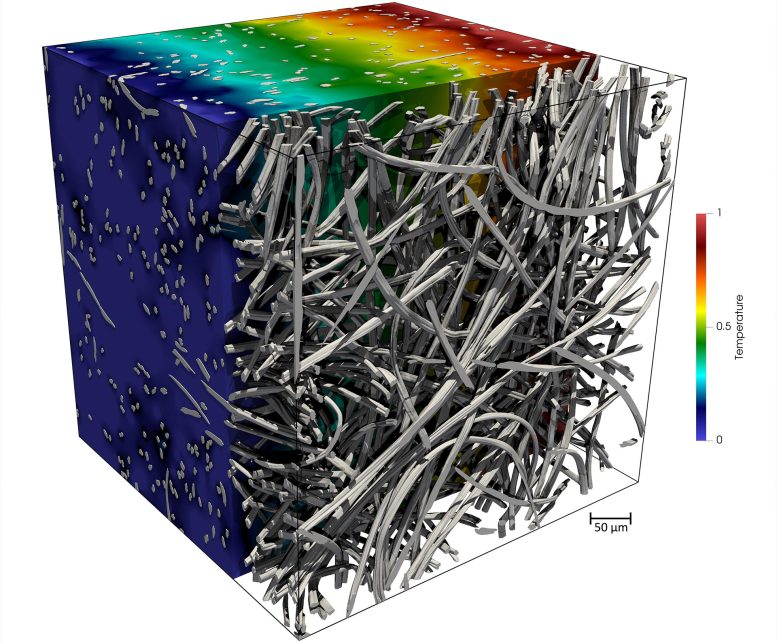
This visualization shows a heat transfer simulation on a fibrous felt-like material made from carbon/graphite using NASA’s Porous Microstructure Analysis (PuMA) software. In the simulation, a small temperature gradient is imposed across a material microstructure, and the steady-state temperature profile and heat flux are determined. Credit: NASA/Joseph C. Ferguson, Stanford University; Federico Semeraro and John Thornton, NASA/Ames
3. Modeling spacecraft heat shield materials at the microscale.
NASA’s Porous Microstructure Analysis (PuMA) software uses X-ray microtomography to generate high-resolution 3D images of a material’s inner structure. PuMA, developed at Ames, provides unprecedented insights into materials used in heat shields for spacecraft, supersonic parachutes, and for meteorite analysis. NASA researchers use PuMA to develop new thermal protection system (TPS) materials for future space missions, and NASA’s high-performance supercomputers provide material scientists with the ability to run full-scale modeling on a material’s microstructure. This helps ensure the safety of future spacecraft, especially during the dangerous descent phase.
While this open-source software was originally created as a tool to predict material properties for TPS for spacecraft, PuMA has expanded to provide scientists the ability to combine material generation – from simple shapes to complex fibrous woven geometries – with studies of the material’s performance, such as its conductivity, elasticity, permeability, and even the way it oxidizes.
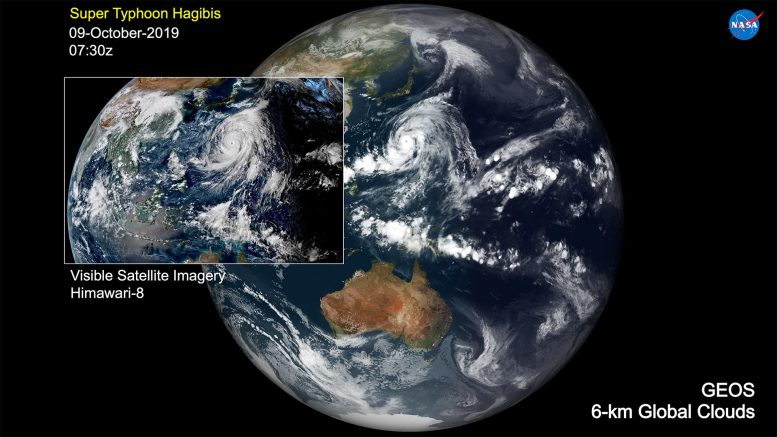
The intense tropical cyclone Hagibis in the western Pacific Ocean reached super typhoon status on Oct. 7, 2019. The inset image is a visible-light satellite image from the Himarawi-8 satellite on Oct. 10, 2019. The larger image is a visible cloud image produced by the experimental GEOS model. Hagibis has a well-defined eye, filled with shallow, low-level clouds surrounded by deep convective bands and a long stream of clouds being drawn into an extratropical frontal system to the northeast. Credit: NASA/William Putnam
4. Predicting weather and climate to keep humans safe.
NASA is pushing the edge of modeling capability with the creation of a 1.5 kilometer (about 1 mile) resolution, global digital twin of Earth using supercomputers. The Global Modeling and Assimilation Office at NASA’s Goddard Space Flight Center in Greenbelt, Maryland, is using historical observational data to simulate the Earth system’s weather and climate. The NASA Global Earth Observing System (GEOS) model and assimilation system is the agency’s flagship system for enhancing the use of NASA’s extensive Earth observations.
With the vast expansion of machine learning capabilities and improved programming paradigms for super-fast graphics processing units, GEOS is now poised to provide an experimental framework within NASA for weather and climate studies. The GEOS model will have a range of capabilities including coupled ocean-atmosphere Earth system modeling, advanced studies of carbon emission, and transport at ultra-high resolutions.
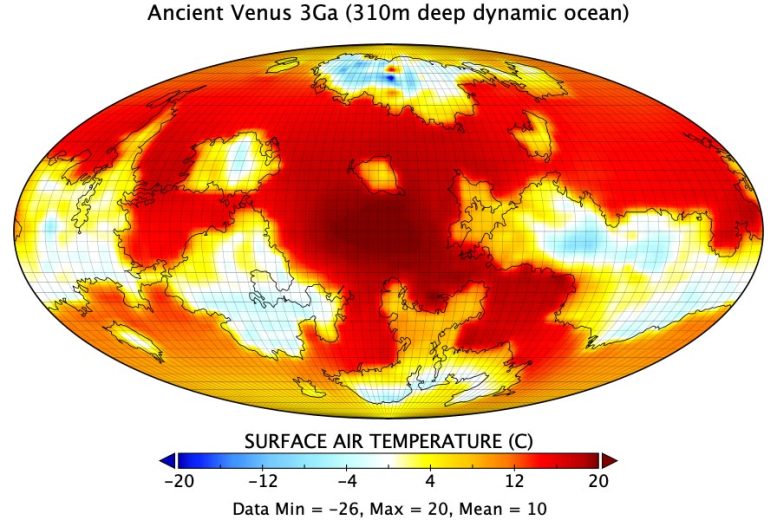
A map of the simulated surface temperature of Venus three billion years ago, with a 310 meter-deep dynamic ocean. Temperatures on the continents are around or below the freezing point of water. This is because the planet rotates very slowly, and the continents get quite cold during Venus’ night. Credit: NASA/Michael Way
5. Exploring the past, present, and future of planets inside and outside our solar system.
Supercomputers are like computational “time machines,” and scientists use them to explore the past, present, and future universe. Using the NASA Center for Climate Simulation’s Discover supercomputer and the ROCKE-3D computer model, scientists from NASA’s Goddard Institute for Space Studies in New York are simulating the climates of planets inside and outside our solar system. These simulations show that three billion years ago, Venus, Earth’s closest planetary neighbor, may have been temperate long enough to have an ocean – making Venus possibly the first habitable world in our solar system.
Farther from Earth, running ROCKE-3D with ocean characteristics more realistic than in previous models, scientists found that extrasolar world Proxima Centauri b is more habitable than previously believed.
Closer to home, simulations of the Moon reveal that water released by ancient volcanoes closer to the lunar equator can find its way to permanently shadowed polar regions, where we could potentially use it for future exploration.





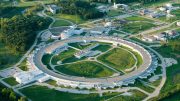
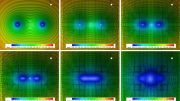

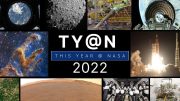
Wow!! What an amazing future we have. I. 64yrs old now, AN I truly hope I will live to see some of the spectacular work that nasa is doing , well done to all who plays a role in this amazing journey too the unknown. Regards Dean .